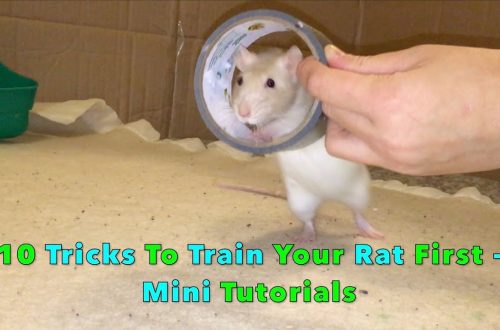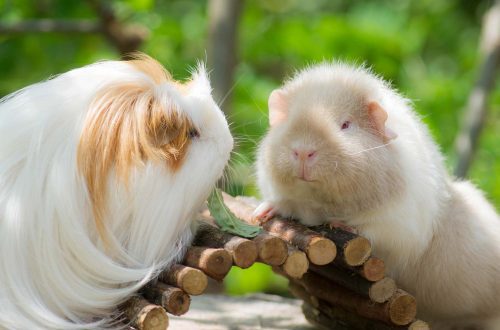
How to make a chinchilla hammock with your own hands – patterns and step by step instructions

To figure out how to make a chinchilla hammock with your own hands, you should get acquainted with several models. Not all animals are good at such places of rest: standard hammocks are not suitable for some chinchillas.
Contents
What does a chinchilla do in a hammock
It is generally accepted that all chinchillas can hang a hammock, but this is not so. Some animals begin to chew it so actively that they take it apart by string. If there is a danger that the pet will eat threads, such a device should be discarded. In this case, it is worth trying an airy place to rest their other material.
Among chinchillas, there are lovers of a relaxing holiday in a hanging rocking chair, some animals use a hammock as a toilet, and still others grind incisors on fabric and accessories.
DIY chinchilla hammock
A hammock is a simple structure made of a piece of fabric fixed at the corners of a cage. The fabric should be dense, and the fasteners should be made of metal so that the animal does not collapse down after eating the strings. The area of uXNUMXbuXNUMXbthe canvas should be made to the size of the animal so that the pet can lie comfortably on this structure.
Patterns
The simplest pattern is a rectangle or square, with arcuate sides. These arcs can be made in the drawing by attaching patterns of a suitable size to it.

The approximate size of the hammock is 450×250 mm.

Choosing fabric and working with it
The fabric for the product must be dense. You can sew it from two pieces of fleece or denim material folded in half. The cut pieces must be stitched on a typewriter, connecting them with the wrong side out. When 1 raw corner remains, the product must be turned out and the corner sewn by hand. All seams will remain inside, and the fabric will not crumble. Another option is to sew the fabrics with the front side, and frame the edge with tape. This will decorate the workpiece and protect the edges.
Hardware fixing
The finished sunbed must be equipped with fittings. The ties will not give a strong fastening: the chinchilla will easily gnaw through them. One of the fastening options is eyelets, a chain and carabiners. Make holes with scissors in the workpiece and insert the eyelets there. You can flatten them with pliers or a hammer.

Another mounting option is strong loops at the corners of the workpiece, into which rings and carbines can be threaded.

If you need to place the cradle in the corner of the cage, then the design can be made in the form of a triangle. The manufacturing process is the same.

Jeans hammock
The easiest option is to use old jeans. It is enough to cut the leg of the desired size and secure it with the help of accessories.

From jeans you can make a two-story hammock. This requires additional fasteners.

Other types of hammocks
A hanging cradle for a rodent can be made in the form of a pipe. In order for the structure to hold, it is necessary to insert a rigid wire on at least one side of the “cut”. To do this, fold the fabric 0,5 cm on one side and sew along the entire length of the side. Now it remains to insert a wire into this “pocket”, which will hold the shape of the pipe.

You can make a hanging couch from the hood, after cutting off the zipper so that the animal does not get scratched.
Hammock for chinchillas eating their bed
If the animal gnaws at its hammock, then it can either be removed completely or made from safe materials. For those who know how to knit, a hemp rope can be recommended, from which a fabric that is safe for a chinchilla can be made. Unfortunately, it won’t last long. Another option is a hammock made of wooden planks, assembled together on a rope. The rope must pass through the wooden blanks on both sides. Such a hammock is assembled into a tunnel, which can be easily hung inside the cage.

At home, you can easily make different hammocks. It is important to securely fasten them to the walls of the cage. Active rodents should be offered branches and toys instead of “delicious” hanging cradles. If this does not help, then remove the hammocks altogether or make them from alternative materials. In this case, be sure to install a house in the cage, because the pet should have a place for privacy.
Video: how to make a do-it-yourself hammock for a chinchilla
We make a hammock for a chinchilla with our own hands
3.6 (72.5%) 16 votes





